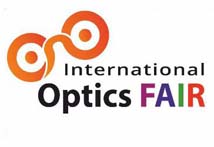Artificial Intelligence in Optometry: Transforming Vision Care in India
.jpg)
Article by Himanshu Pal (Pediatric Optometrist And Vision Therapist), Founder Of Bareilly Vision Center and Optical.
Artificial intelligence (AI) is rapidly transforming various sectors, and optometry is no exception. Its ability to analyze vast amounts of data, identify patterns, and make predictions is revolutionizing diagnostic accuracy, treatment planning, and patient care. This article explores the applications of AI in optometry, with a specific focus on the Indian scenario, including the government's perspective and the ethical considerations involved.
Applications of AI in Optometry:
AI's capabilities are being harnessed across various aspects of optometry:
Diagnostic Tools:
Diabetic Retinopathy (DR) Screening: AI algorithms can analyze retinal images (fundus photographs) to detect early signs of DR, a leading cause of blindness in India. This is particularly crucial in a country with a high prevalence of diabetes.
According to the World Health Organization, India has the second-highest number of people with diabetes globally. Studies have shown that AI-powered DR screening can improve detection rates, particularly in underserved areas where access to
ophthalmologists and optometrists is limited. For instance, a study published in Ophthalmology and Optometry demonstrated the high sensitivity and specificity of AI algorithms in detecting referable DR.
Age-Related Macular Degeneration (ARMD) Detection: AI can analyze Optical Coherence Tomography (OCT) scans to identify biomarkers of ARMD, enabling early intervention and preventing vision loss.
ARMD is a significant cause of visual impairment in the elderly population. AI can aid in the early detection of neovascular ARMD, which benefits the most from timely treatment.
Glaucoma Diagnosis: AI algorithms can analyze visual fields, OCT scans of the optic nerve head, and intraocular pressure measurements to identify individuals at risk of glaucoma, often before significant vision loss occurs.
Glaucoma is a silent thief of sight. AI can assist in identifying subtle changes in the optic nerve that might be missed by human observation, leading to earlier diagnosis and treatment.
Refractive Error Prediction: AI can analyze patient data (age, corneal curvature, axial length) to predict refractive errors (myopia, hyperopia, astigmatism), aiding in spectacle and contact lens prescriptions.
Cataract Detection & Grading: AI can analyze slit-lamp images to detect cataracts and grade their severity, helping in surgical planning.
Predictive Analytics:
Myopia Progression Prediction: AI can analyze longitudinal data to predict the rate of myopia progression in children, enabling targeted interventions to slow down or halt its advancement.
Glaucoma Progression Prediction: AI can predict the likelihood of glaucoma progression based on various risk factors, allowing for personalized treatment plans.
Risk Assessment: AI can assess an individual's risk of developing various eye diseases based on their medical history, lifestyle, and genetic factors.
AI Software, Assistants, and Companies:
Several companies are developing AI-powered solutions for optometry:
Google's DeepMind: This refers to DeepMind, a leading artificial intelligence research company acquired by Google in 2014. DeepMind is known for its groundbreaking work in AI, including developing algorithms that can play games at superhuman levels (like AlphaGo) and tackling complex real-world problems. It highlights the developer of the AI.
Developed AI algorithms for DR screening: This is the core of the statement. It means DeepMind has created AI software designed to automatically analyze medical images of the retina (the back of the eye) to detect diabetic retinopathy (DR).
AI Algorithms: These are sets of rules and instructions that a computer follows to perform a specific task. In this case, the algorithms are designed to identify patterns and features in retinal images that are indicative of diabetic retinopathy.
DR Screening: Diabetic retinopathy screening is a process of examining the retina of diabetic patients to identify early signs of DR. Early detection is critical because time treatment can prevent vision loss. The AI is meant to automate and potentially improve the efficiency of this screening process.
Showing promising results in clinical trials: This indicates that the AI algorithms have been tested in real-world clinical settings, involving patients and healthcare professionals.
Clinical Trials: These are research studies designed to evaluate the safety and effectiveness of new medical treatments, devices, or diagnostic tools. In this case, the clinical trials would be assessing how well DeepMind's AI algorithm performs at detecting DR compared to human experts (e.g., ophthalmologists or trained graders).
Promising Results: This suggests that the AI algorithms have demonstrated a high level of accuracy, sensitivity (correctly identifying people with DR), and specificity (correctly identifying people without DR) in the clinical trials. It implies that the AI has the potential to be a valuable tool for DR screening.
IDx-DR is a medical device, specifically an artificial intelligence (AI) system, designed to autonomously screen for diabetic retinopathy (DR), a common eye disease that can lead to blindness in people with diabetes. The key features and implications of this system are:
FDA-approved: This is crucial. FDA approval means that the system has been rigorously tested and evaluated, and the FDA has determined that it is safe and effective for its intended use. This gives clinicians confidence in the system's ability to perform its function accurately.
AI system: IDx-DR uses artificial intelligence, likely machine learning algorithms, to analyze images of the retina (the back of the eye). These algorithms are trained on large datasets of retinal images to identify the characteristic signs of diabetic retinopathy.
Autonomous DR screening: The "autonomous" part is particularly important. It means that the system can analyze the retinal images and provide a screening result (positive or negative for DR) *without* requiring a human expert (like an ophthalmologist or trained retinal image reader) to interpret the images in real-time. The system makes the diagnosis
on its own based on its programmed algorithms.
Diabetic retinopathy (DR) screening: The primary purpose of IDx-DR is to identify individuals who are likely to have diabetic retinopathy. Early detection is crucial for DR because treatment can often prevent or slow down vision loss. The system helps to find these patients earlier, so they can receive appropriate treatment.
Topcon: Offers AI-integrated OCT devices for glaucoma and ARMD diagnosis.
Zeiss: Provides AI-powered image analysis software for various ophthalmic applications.
Retmarker: Specializes in AI-based DR screening and analysis.
Optomed: Develops handheld fundus cameras with AI-powered image analysis.
(Note: Pricing information is subject to change and varies depending on the configuration, licensing, and additional services. Contact the respective companies for current pricing details.)
Indian Scenario:
The Indian healthcare system faces significant challenges, including a shortage of eye care professionals, particularly in rural areas. AI has the potential to bridge this gap and improve access to quality eye care. Here's how AI is impacting optometry in India:
Government Initiatives: The Indian government is actively promoting the use of AI in healthcare through initiatives such as the National Health Mission and the Ayushman Bharat Digital Mission. These initiatives aim to create a digital health ecosystem that supports the deployment of AI-powered diagnostic tools.
Tele-Optometry: AI can be integrated into tele-optometry platforms, enabling remote screening and diagnosis of eye diseases in underserved areas. This can significantly improve access to care for individuals who cannot easily travel to urban centers.
AI-Powered Screening Programs: Several organizations are implementing AI-powered DR screening programs in India, targeting diabetic patients in both urban and rural settings. These programs aim to identify individuals at risk of vision loss and refer them for timely treatment.
Research and Development: Indian research institutions are actively involved in developing and validating AI algorithms for various ophthalmic applications. This will lead to the development of affordable and accessible AI-powered solutions tailored to the Indian population.
Government Perspective and Ethical Considerations:
The Indian government recognizes the potential of AI to transform healthcare but also acknowledges the need for careful regulation and oversight. The government is developing guidelines and standards for the use of AI in healthcare, focusing on:
Data Privacy and Security: Ensuring the privacy and security of patient data is paramount. Clear regulations are needed to govern the collection, storage, and use of patient data in AI-powered systems.
Algorithm Transparency and Explainability: It is essential to understand how AI algorithms arrive at their conclusions. Transparency and explainability are crucial for building trust in AI-powered diagnostic tools.
Bias Mitigation: AI algorithms can be biased if they are trained on biased data. Efforts must be made to mitigate bias and ensure that AI-powered tools are fair and equitable for all populations.
Human Oversight: AI should be used as a tool to assist healthcare professionals, not replace them. Human oversight is essential to ensure that AI-powered diagnoses are accurate and appropriate.
Liability and Accountability: Clear guidelines are needed to determine liability and accountability in cases where AI-powered systems make errors.
Drawing the Line:
While AI offers immense potential for improving eye care, it is important to recognize its limitations. AI should not be seen as a replacement for human expertise and clinical judgment. The line should be drawn at:
Replacing the Doctor-Patient Relationship: AI should not be used to replace the personal interaction between doctors and patients. The doctor-patient relationship is essential for building trust and ensuring that patients receive personalized care.
Making Unsupervised Decisions: AI should not be used to make unsupervised decisions that could have significant consequences for patients. Human oversight is always necessary.
Compromising Patient Safety: AI should not be used in a way that compromises patient safety. Stringent testing and validation are essential before deploying AI-powered tools in clinical practice.
Conclusion:
Artificial intelligence is poised to revolutionize optometry in India, improving diagnostic accuracy, treatment planning, and access to care. By embracing AI responsibly and ethically, India can leverage this technology to combat preventable blindness and improve the vision health of its population. However, careful regulation, standardization, and ethical considerations must guide the implementation of AI in optometry to ensure that it benefits all individuals, regardless of their socioeconomic status or geographic location. The way forward requires collaborative efforts from government, industry, healthcare professionals, and researchers to create an ecosystem where AI enhances, rather than replaces, the human element in eye care.

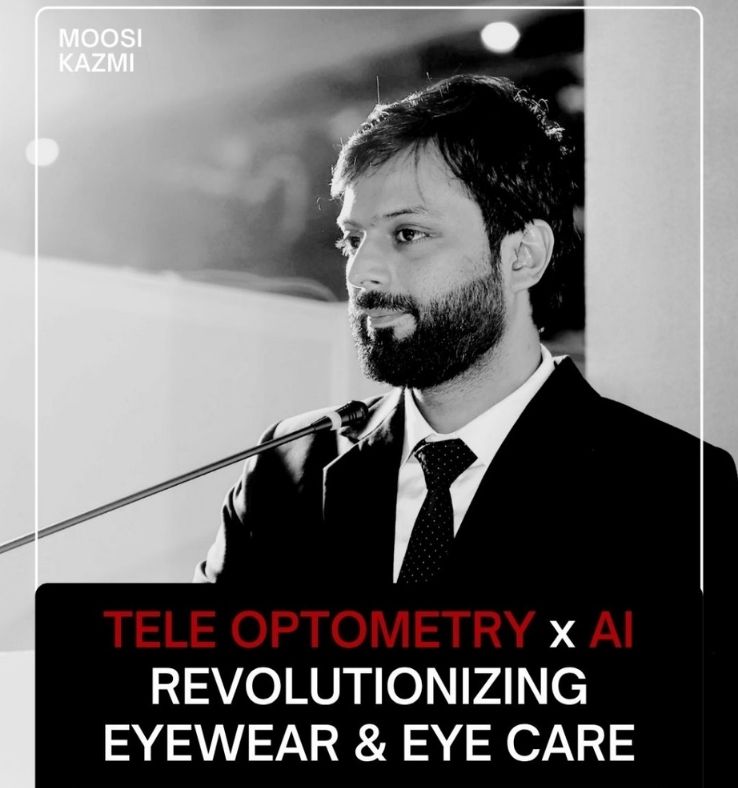
.jpg)
.jpg)
.jpg)
.jpg)
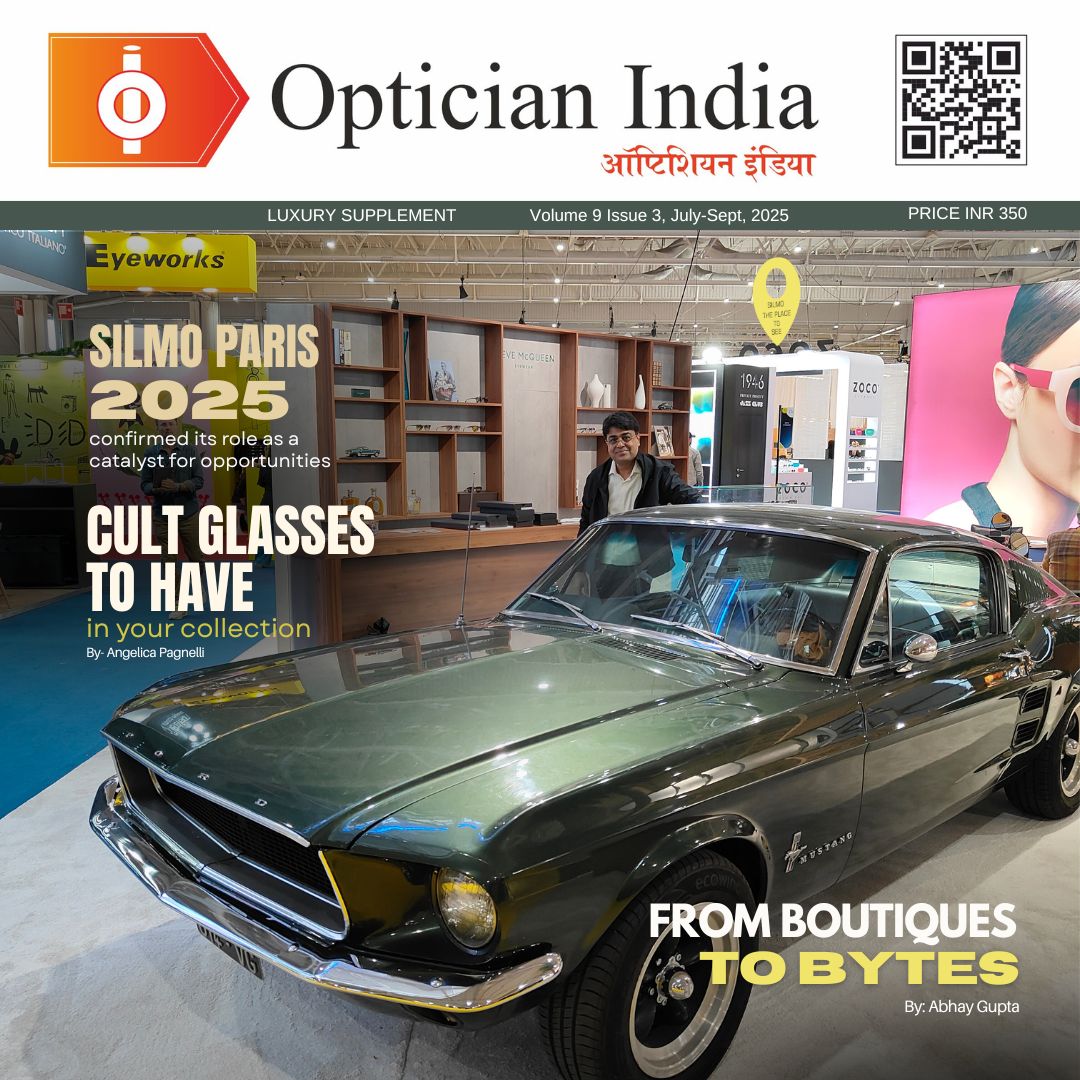
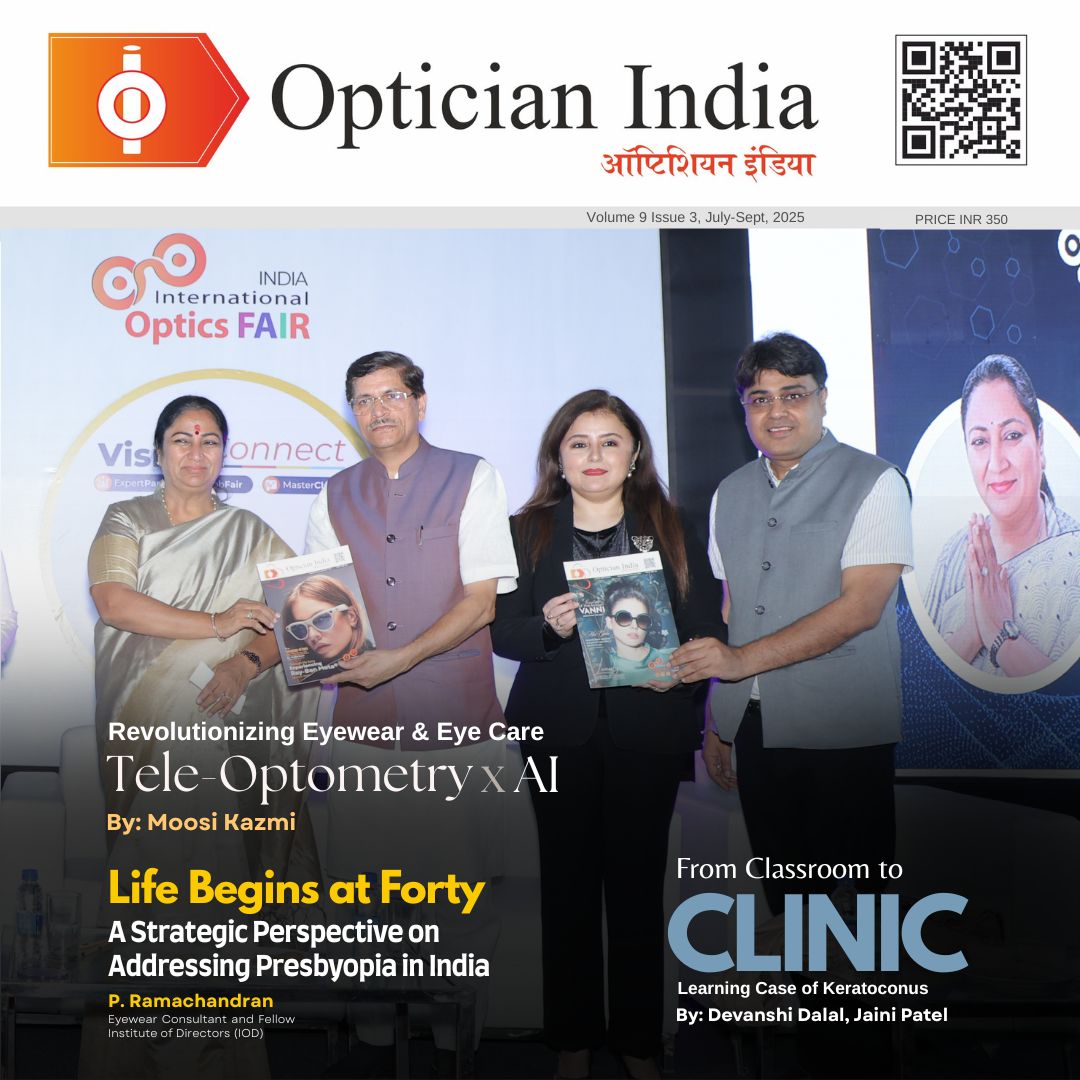
1.jpg)
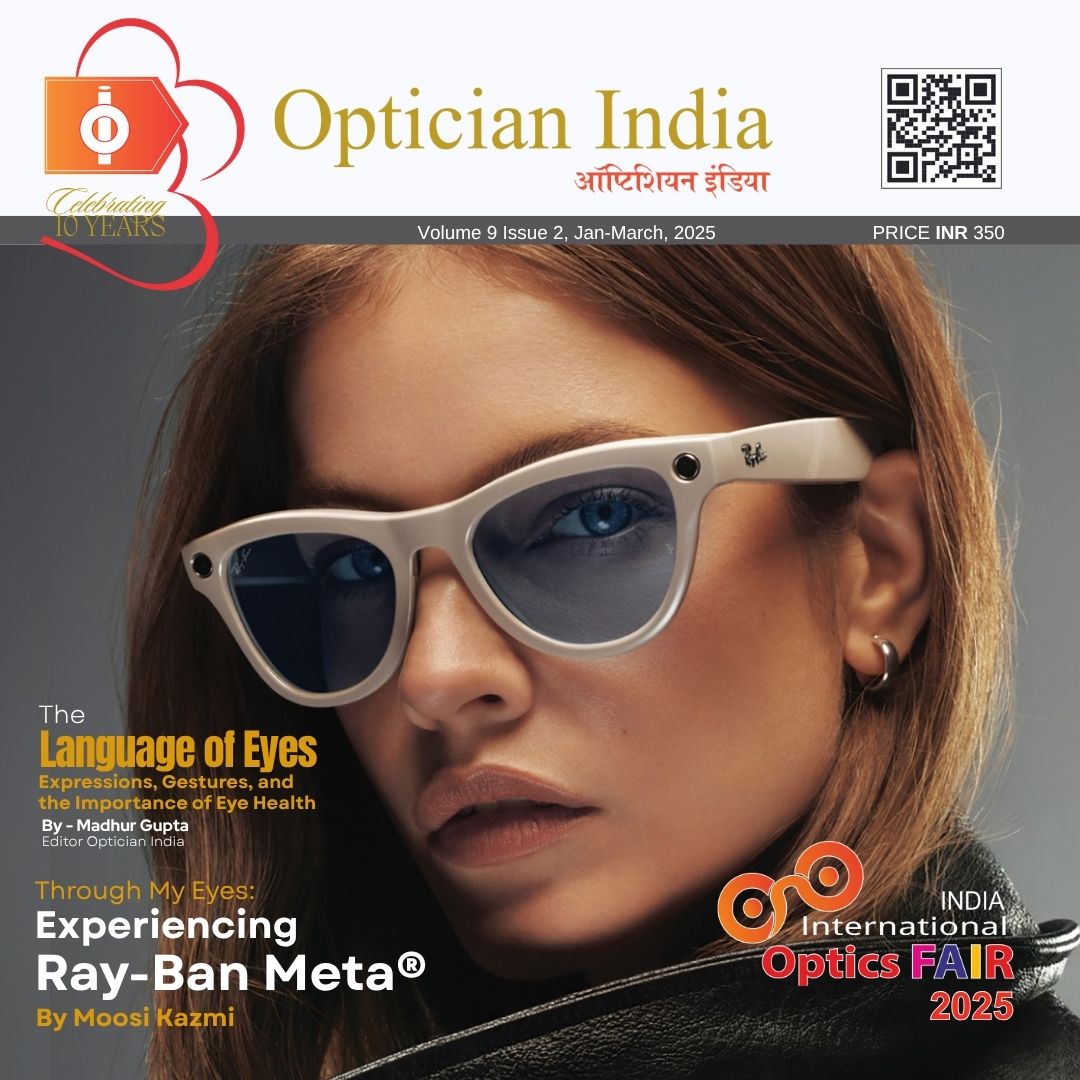


.jpg)
.jpg)

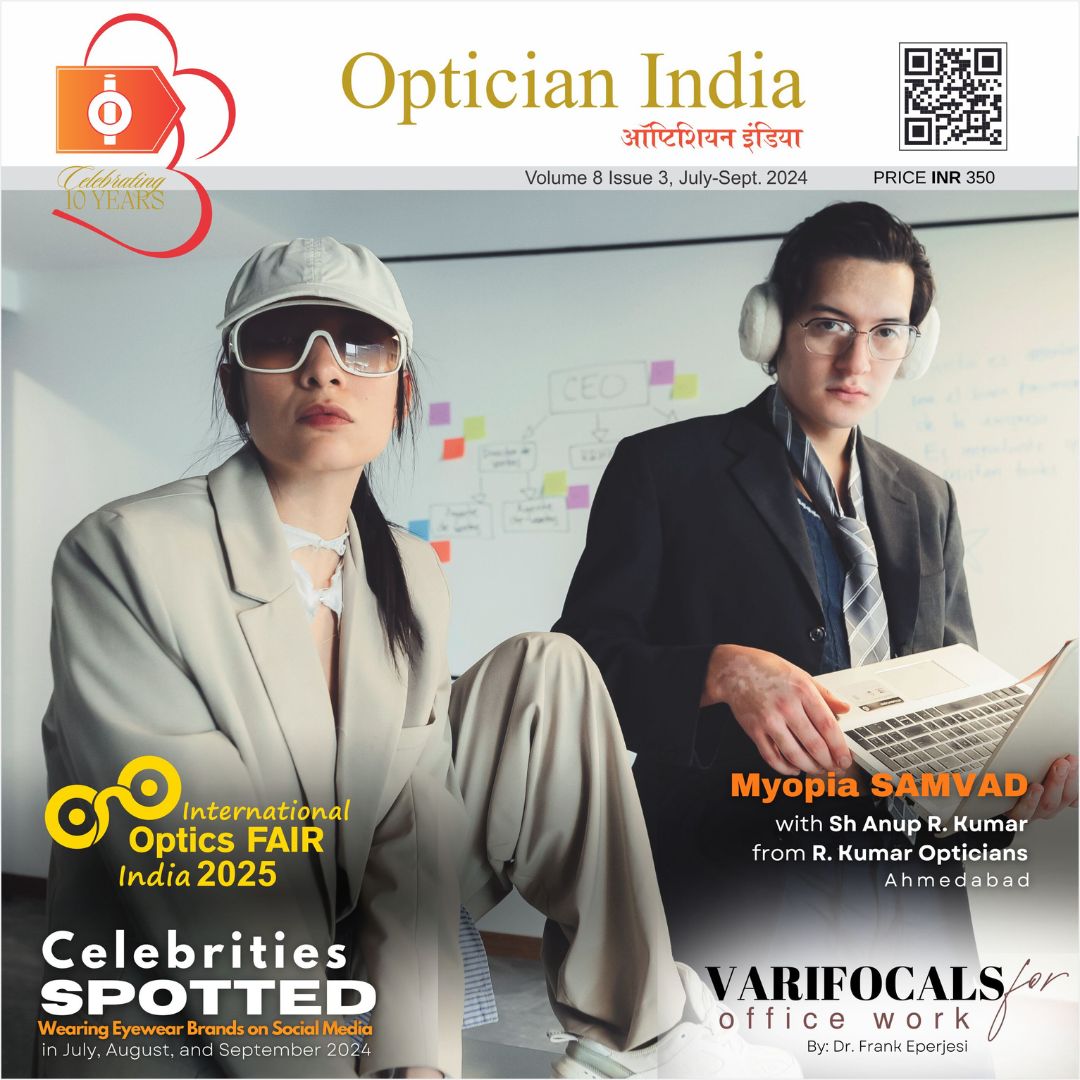

_(Instagram_Post).jpg)
.jpg)
_(1080_x_1080_px).jpg)


with_UP_Cabinet_Minister_Sh_Nand_Gopal_Gupta_at_OpticsFair_demonstrating_Refraction.jpg)
with_UP_Cabinet_Minister_Sh_Nand_Gopal_Gupta_at_OpticsFair_demonstrating_Refraction_(1).jpg)
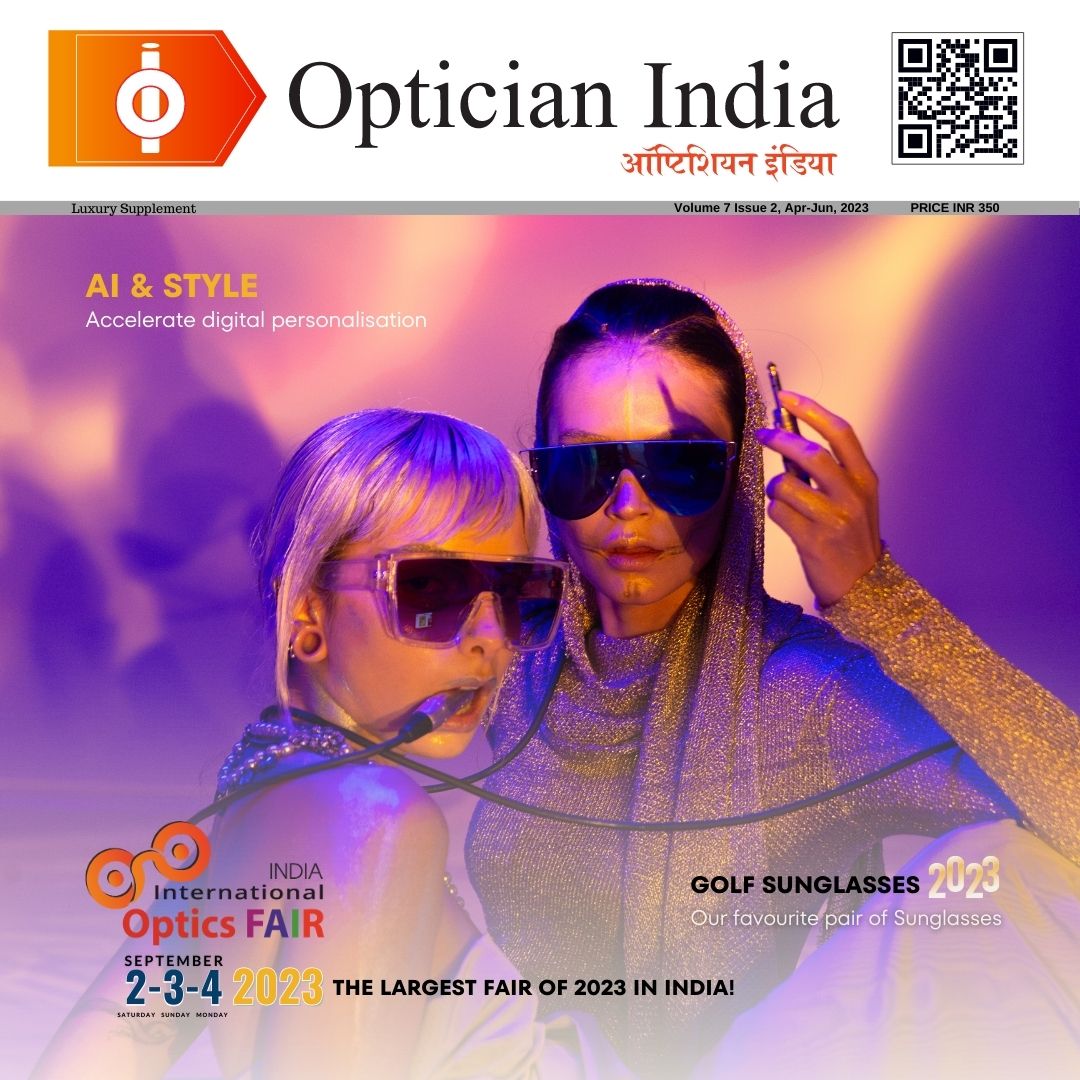
.jpg)



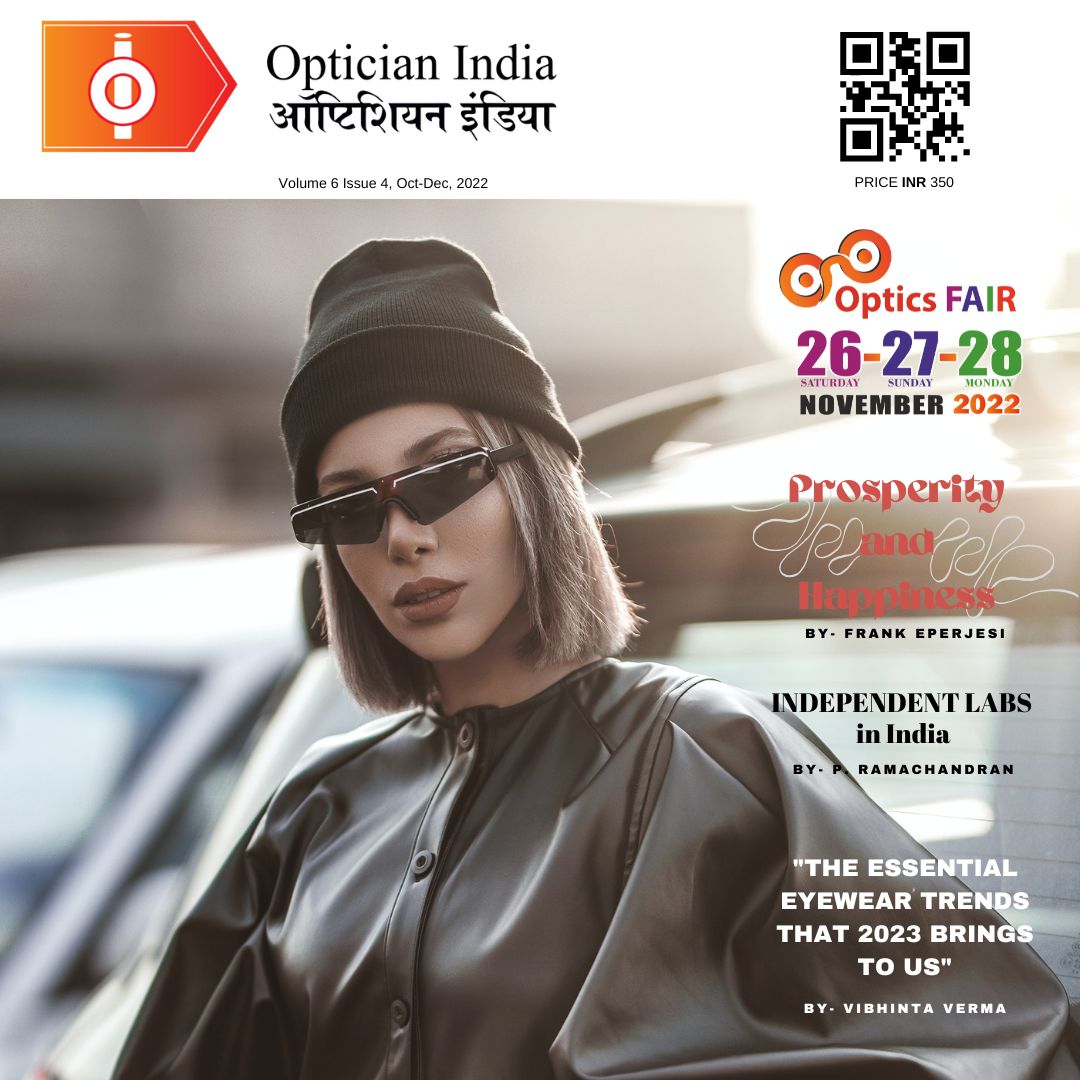

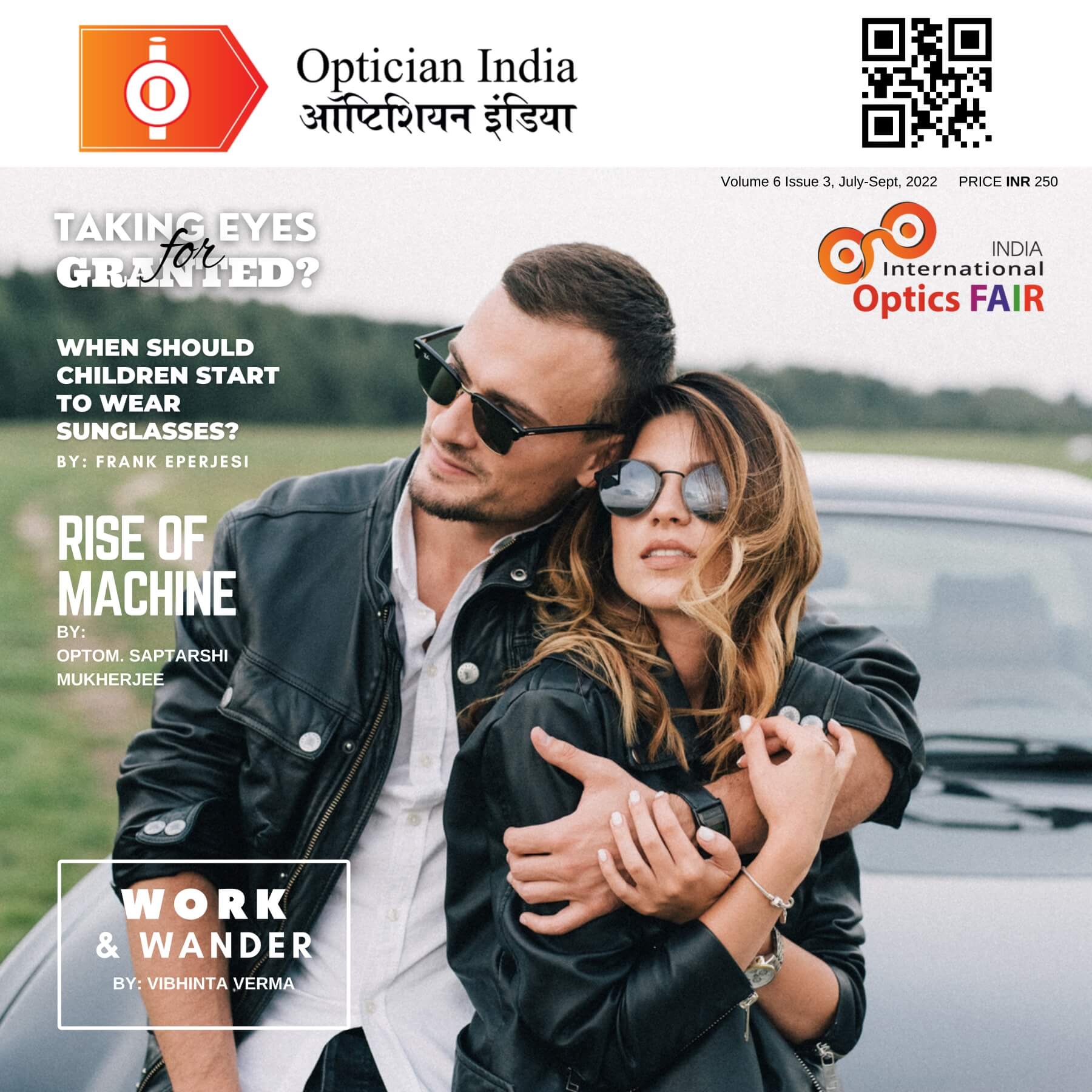
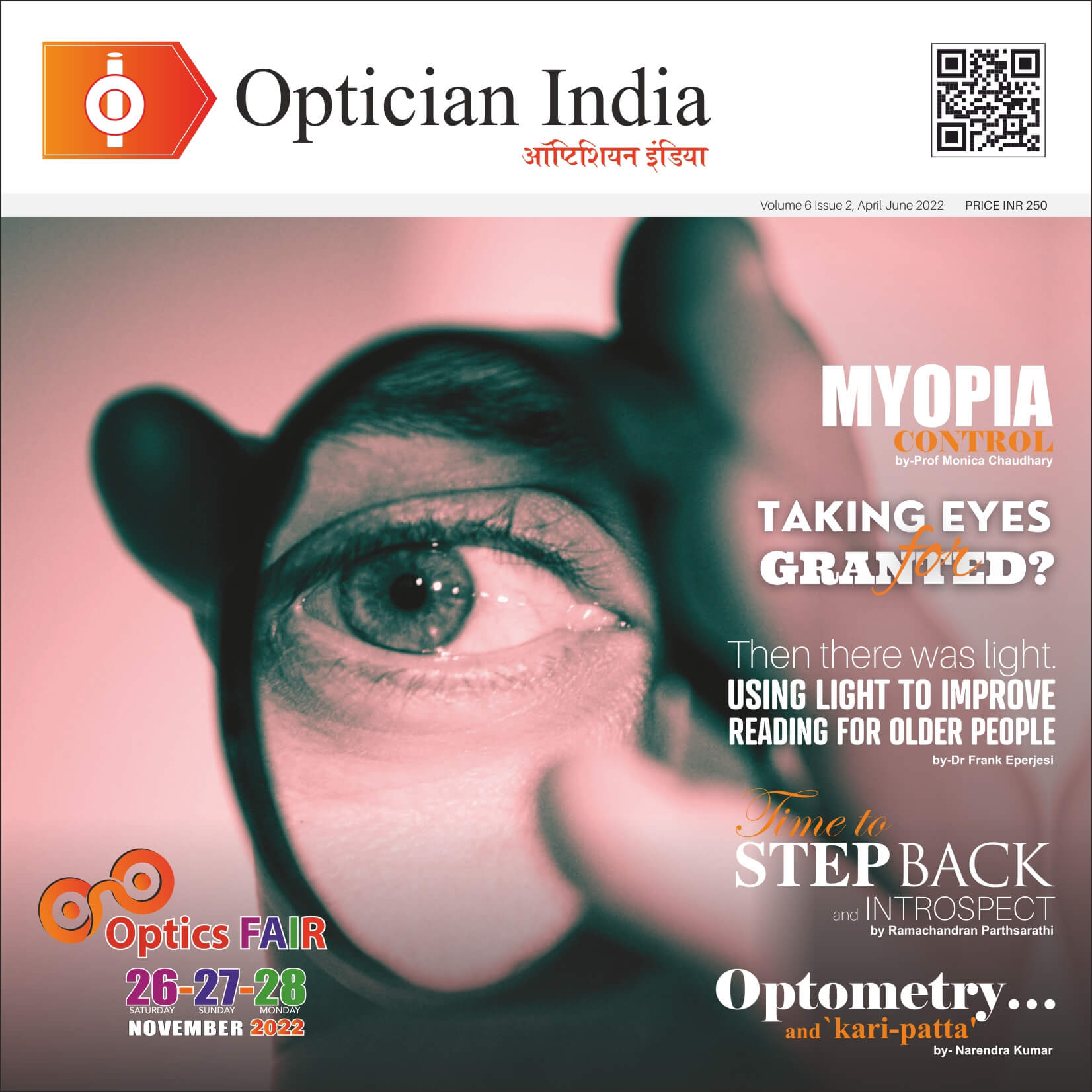

.jpg)
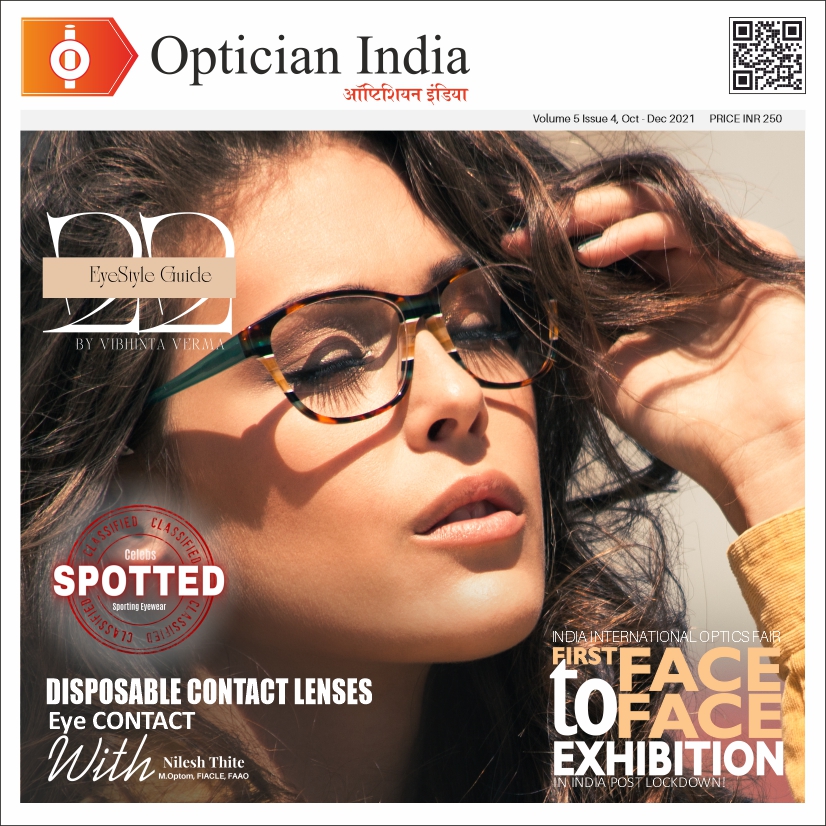
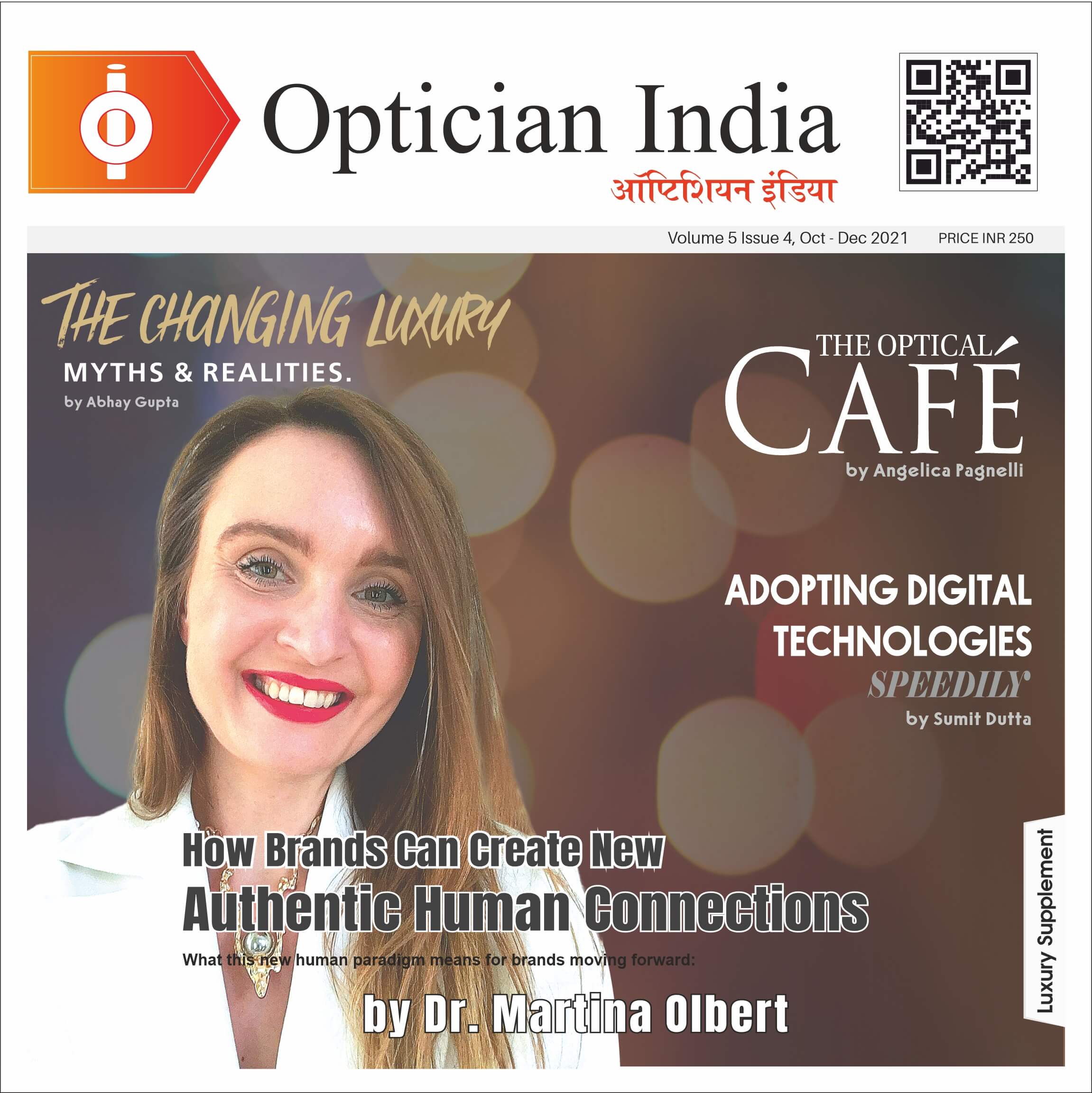
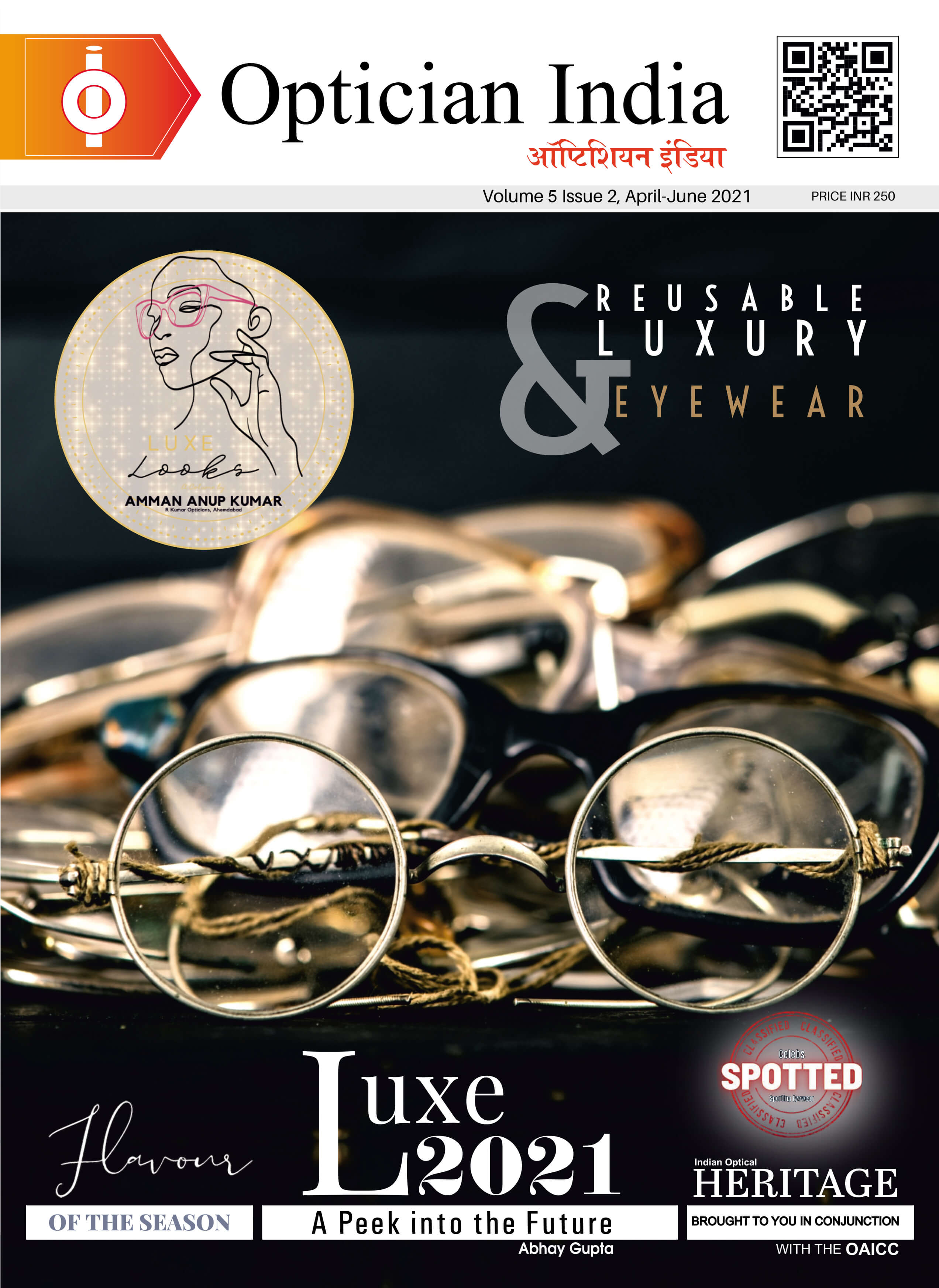
.png)
